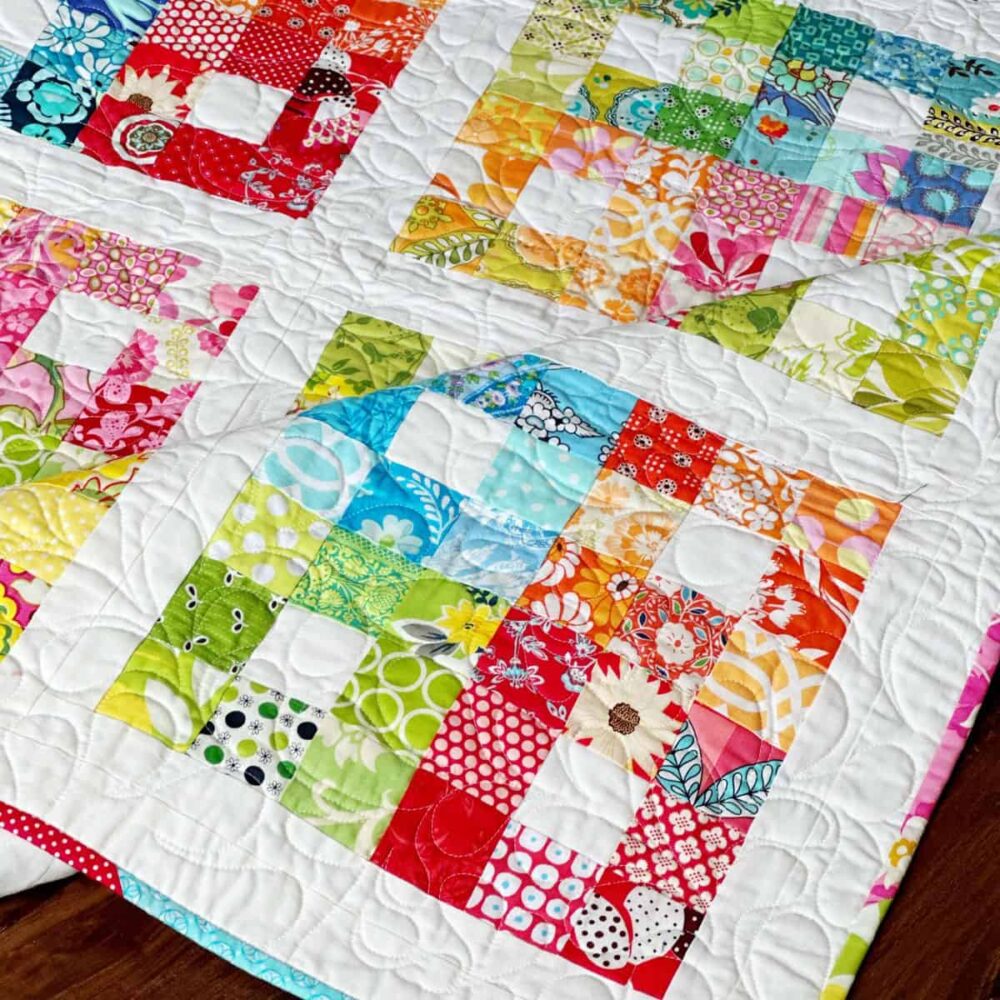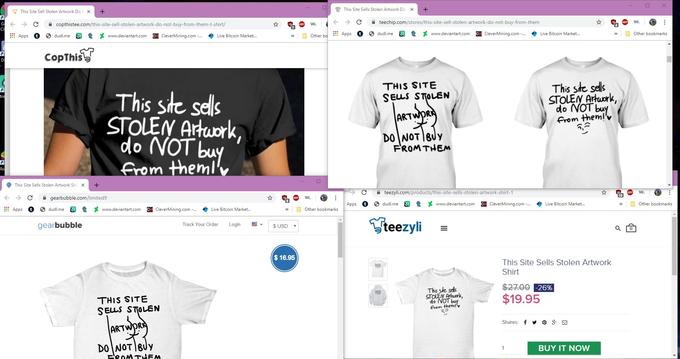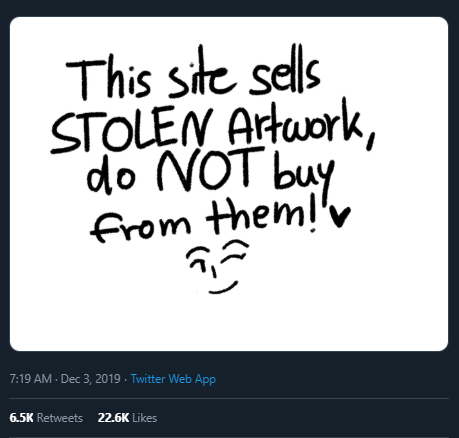My chosen aesthetic for the upcycle project is patchwork. I’m going to use this aesthetic to make a patchwork button-up shirt, which I talked about in Post 3. Patchwork is related to the idea of something being rustic and handmade. If a shirt was made by sewing together patches (as opposed to cutting whole pieces from a sheet of fabric), there was a great deal of care put in by the maker to decide what patches to use, how to piece them together, etc. I am learning just how involved this process is as I enter the middle stages of my upcycle project.

To describe the opposite aesthetic of patchwork, let’s take a second and think about the opposites of each of the qualities patchwork exhibits. Patchwork is almost always handmade, and so a fitting opposite to this would be to have a piece of clothing that is machine made. There is extreme care taken in selecting the materials and piecing them together, and so for something to be the antithesis of patchwork it should have very little thought or care put into its design. These designs can be pretty colorful (see image above), so perhaps the opposite is more drab and colorless. Lastly, patchwork items by nature can only be made one at a time. Something that’s the opposite of patchwork should be able to be mass-produced.
What we’re left with is an aesthetic of mass-produced, machine-made, colorless and bland pieces of clothing made without any thought or care. One recent development comes to mind when I think about this. Even in the years leading up to the widespread use of AI around the internet, there have been less sophisticated “bots” that scoured the internet looking for intellectual property to steal and print on a t-shirt on a wide variety of no-name apparel websites. Some people caught on to this and began posting bait images online to prove the theft of online artwork. One Twitter user posted a photo which read “This site sells stolen artwork, do not buy from them!” and asked users to comment something along the lines of “I want this on a t-shirt”. Sure enough, these websites began to sell t-shirts with the stolen image on them:

There are likely few things as far from the patchwork aesthetic than a plain t-shirt created by AI with no human interaction or care put into the design. This is about as soulless as the fashion industry can get, which is something of which I’m planning to do the opposite with my project.


4 Comments. Leave new
Hi Josh, this is an interesting take on a new arising aesthetic. I never pictured AI being able to steal/produce art like this. I’m looking forward to how your upcycle project turns out! I would like to hear more about how you could theoretically include elements of something like this in your own project!
Hi Jason, your question really got me thinking. Obviously a 100% hand-made shirt is going to be really hard to incorporate AI-designed elements into, but I’d be interested to see if something like Chat GPT could come up with a random order of colored patches to sew into one of the pieces!
Josh, I am intrigued by your exploration of the opposite aesthetic- mass-produced, machine-made, soulless garments created by AI. The stolen art on T-shirts is something that I had not been aware of before I read your post. How do you plan to infuse individuality into your patchwork shirt, countering the soullessness of mass-produced fashion?
Hi Tim, I thought about incorporating some level of imperfection (like the arts & crafts style) into the shirt to show that it was handmade, but honestly, my sewing skills are so beginner-level that you could pretty easily tell that the shirt is hand-made. You can’t get that in a store!